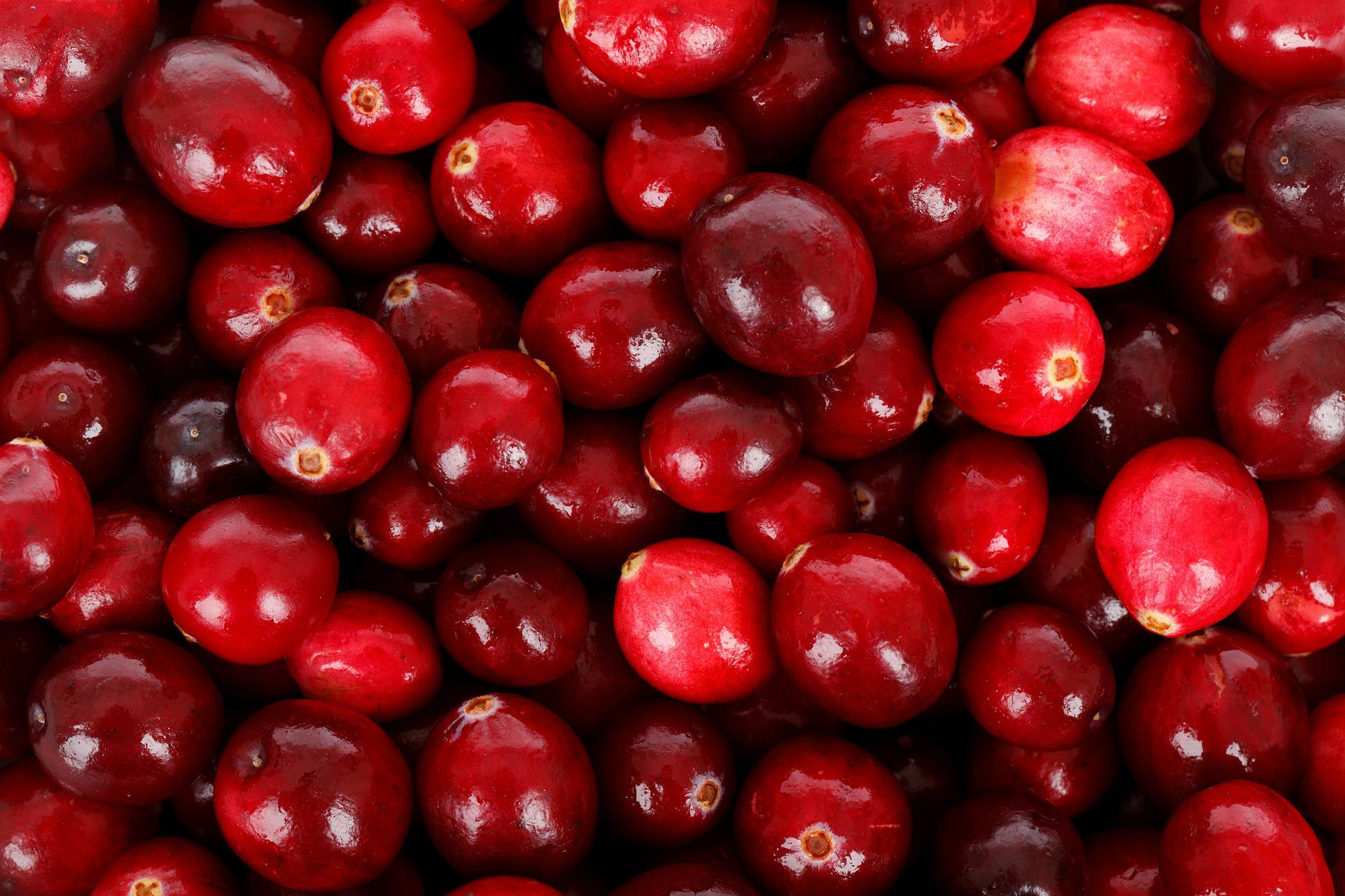Table of Contents
Bringing you the ultimate in versatility and pop of color, cranberries are a must-have in any well-rounded fruit basket. They can be used in a variety of ways, from making refreshing cranberry juice to baking delicious cranberry muffins. However, to enjoy the best possible cranberries, you’ll need to know how to harvest them. Picking the right time and the right way to harvest your cranberries will ensure that you get the most out of your all-so-versatile fruit. And what better way to learn about harvesting cranberries than from an organic juice concentrate supplier? Fortunately for us, we found one just for you! So, without any further ado, let’s get started!
How to Harvest Cranberries
Cranberries are harvested from September to November in the Northern Hemisphere. There are a few different ways to harvest cranberries, but here we will discuss the two main ways.
Wet Harvesting
Wet harvesting is when the vines are flooded with water during harvest. This allows for the berries to float, which makes them easier to collect. The water also protects the berries from being damaged. A machine is used to gently beat the vines, causing the ripe berries to fall into a trough. The berries are then sorted by size and color and any bad ones are removed. Then they are packaged and sent off to stores right away, since fresh cranberries only have a shelf life of about two months.
Dry Harvesting
Dry harvesting is done by hand. People walk down each row of vines and pick the ripe, dark red berries into a bucket or bag. It is commonly thought that dry harvested cranberries have a better flavor than wet harvested cranberries since they aren’t bruised during harvest.
Harvesting Cranberries at Home
If you don’t have enough cranberry vines to make it worth harvesting them this way, there’s another method that you can use when harvesting cranberries at home. When your berries have ripened and turned dark red, just pull out a shear or sharp knife and run it along the vine just above soil level. This will cut off all of your fruit at once and leave you with nice clean vines for next year’s crop. Another great benefit of this method is that the vines are still fresh and green, making them easier to handle and preserve for another year.
When to Pick Cranberries
Cranberries are one of the few fruits’ natives to North America. You can find them growing wild in much of the country, but if you want to pick cranberries commercially or even just for a little home harvesting, you will need to go to one of the northern producing states.
Cranberries are a little different from other fruits because they’re grown in bogs rather than in fields. The first “bog” was actually created by Native Americans who used cranberries as dyes and food. They cleared a path through some marshy land, which allowed them to harvest cranberries more easily and also helped the plants grow.
Bogs are now flooded during part of their life cycle, which makes it easier for farmers to harvest cranberries. The water from the flood helps loosen the cranberry vines from their beds, making it easier for them to float up off the ground. When a field is flooded, it usually takes about 10 days for the berries to turn bright red and float up off the ground. Now that they’re all nice and red and floating on top of the water, it’s time to harvest!
So, what are you waiting for? Grab a net and head out to your bog, before it gets too cold! If you don’t have a bog nearby or don’t have time to wait for natural berries to ripen, you can pick your own at almost any supermarket. They usually come frozen in resealable packages; once thawed, they can be used just like fresh berries.








